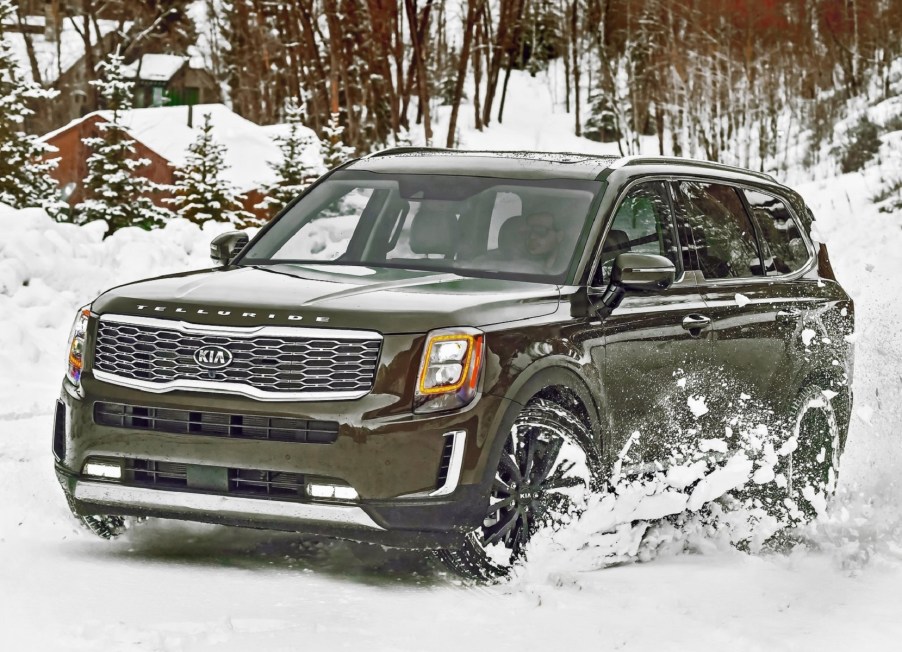
Why Is Kia So Popular?
If you were to rewind the clock back to the mid-90s, you would be hard-pressed to find anyone that would smile at the thought of buying a Kia. Fast forward to today, and you would hard-pressed to find a new Kia Telluride on a dealer lot with your name on it without having to get on a waiting list for one. What happened between now and then? How did Kia get so popular?
Kia started out in a different industry
While everyone is familiar with Kia Motors nowadays, the brand actually started out in a completely different industry. Founded in 1944, Kia started life as the “Kyungsung Precision Industry,” which primarily focused on manufacturing bicycle parts and steel tubing, which led the company to make South Korea’s first bicycle, the “Samchully.” However, the company soon rebranded itself with the name Kia – which means “rising out of Asia” – and started to build cars in the 60s and 70s in partnership with Mazda and Fiat, only to finally begin building its own cars in the early 90s when it partnered with Ford.
Kia Motors America was founded in 1992 when the brand kicked off its lineup by introducing the Sephia and the Sportage into the competitive U.S. market. In 1998, Kia was faced with bankruptcy due to the Asian financial crisis and it didn’t have the initial success that it hoped for. Fortunately, it was inevitably acquired by Hyundai, which initially took over 51% of the brand, but it currently owns 33% of the company.

The big turnaround
Since Kia was acquired by Hyundai, a lot of its cars in the early 2000s were merely rebadged versions of the parent company’s models. For example, the Kia Optima – which debuted in 2000 – was a rebadged Hyundai Sonata up until 2009. And while that didn’t exactly curry much favor in the U.S. market as sales still weren’t exactly stellar, Kia still managed to expand its brand globally by opening up manufacturing plants in the Philippines, Vietnam, Slovakia, and China in 2001, as well as its main plant in Georgia here in the states.
The big turnaround happened around 2010 when ex-Audi designer, Peter Schreyer, was hired as the head designer at Kia. Under his design tutelage, Kia churned out a revised version of its Optima, which now sported a “tiger nose” design complete with futuristic body lines, as well as the much-loved Kia Soul, which was a surprisingly huge hit for the brand. With a new direction that set the brand far apart from its parent company, Kia was set on not only being different but also “focusing on quality over quantity.”

The sky is the limit
After taking a look back at Kia’s seemingly linear progression through the years, we can see why the brand has made great strides in success. With the Telluride sweeping up sales and performance sedans like the Stinger still coaxing prospective buyers away from BMW dealers, it looks like the brand’s efforts in reinventing and realigning itself by focusing on quality are paying off in dividends and will likely continue to do so for years to come.
While the brand used to be the butt of jokes once upon a time, it now seems that only people laughing are the Kia executives. We don’t blame them, there’s definitely a lot to smile about.



